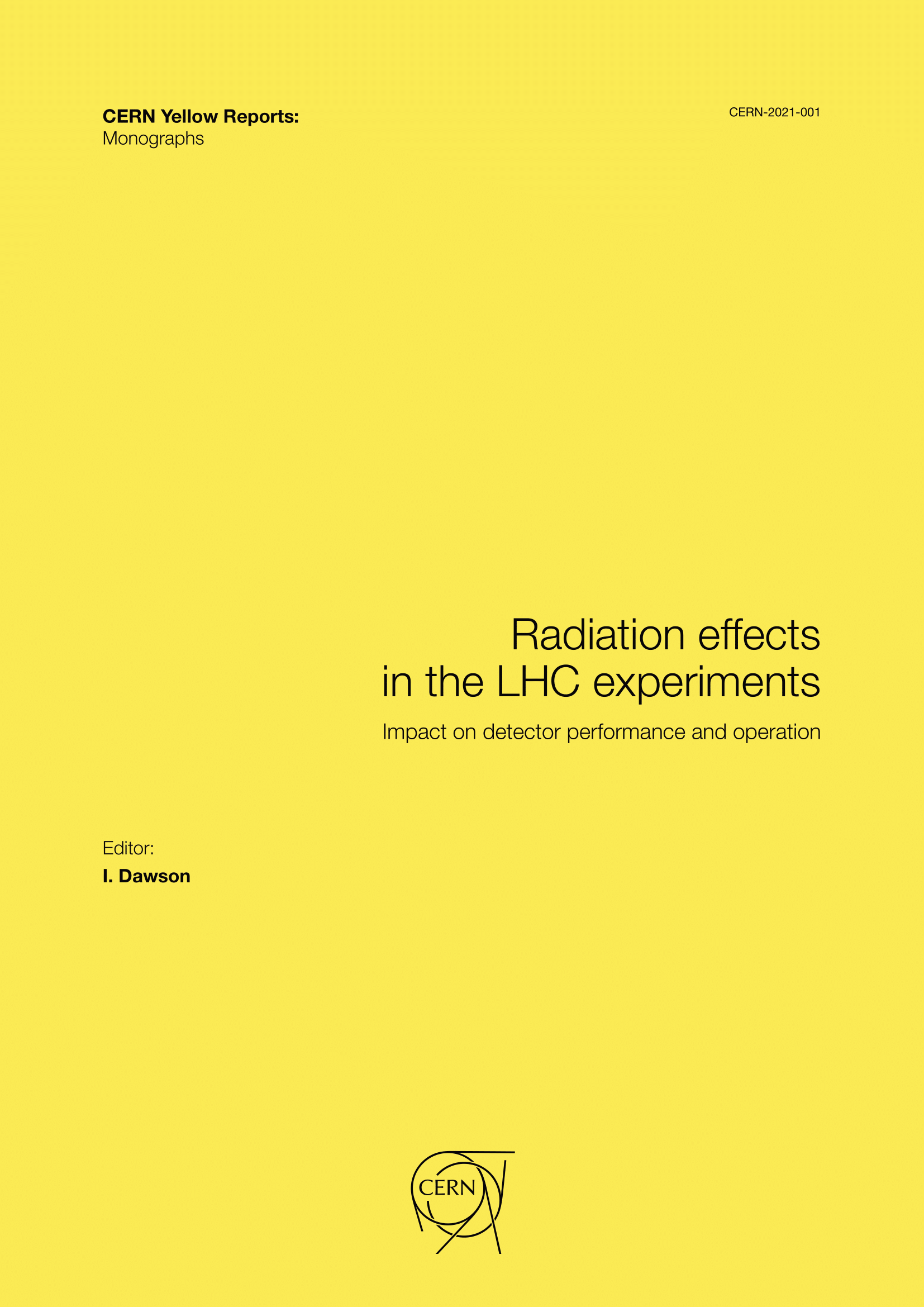The LHC machine and experiments
DOI:
https://doi.org/10.23731/CYRM-2021-001.23Abstract
The Large Hadron Collider is a 26.7 km circular accelerator based on a twin aperture superconducting magnet design with a design proton beam energy of 7 TeV. The four particle physics experiments ALICE, ATLAS, CMS, and LHCb are located around the ring.
The LHC was first operated with beams for short periods in 2008 and 2009. In 2010, a first experience with the machine was gained at a beam energy of 3.5 TeV, with moderate beam intensities of 1.1 × 1011 protons per bunch (ppb) and up to ∼200 bunches. In 2011, the beam intensity was increased to ∼1400 bunches of 1.4 × 1011 ppb, while 2012 was dedicated to luminosity production with higher bunch intensities (1.6 × 1011 ppb) and a beam energy of 4 TeV. The running years 2010–2013 are commonly referred to as Run 1. In early 2013 beam operation was stopped for a 2 year long shutdown (LS1) to complete work on the magnets in view of reaching the design beam energy. Beam operation resumed in 2015 with beam energies of 6.5 TeV following a dipole training campaign that took place at the end of LS1. The LHC experiments had expressed a strong preference for beams with 25 ns bunch spacing, as opposed to the 50 ns spacing used in 2011–2012, as this would result in too many inelastic collisions per crossing (pile-up). On the machine side, this posed additional challenges, so 2015 became a learning year dedicated to preparing the machine for full luminosity production in 2016–2018 (Run 2).
In addition to the proton beams, one month per year is dedicated to running with heavy ions, providing either Pb–Pb or p–Pb collisions. The first two years of Run 1 provided Pb–Pb collisions to the experiments, and the final year was dedicated to p–Pb. Run 2 (2015–2018) again saw a mix of Pb–Pb and p–Pb set-ups, except in 2017- when Xe–Xe collisions were provided for the first time to the experiments.
Downloads
Published
Issue
Section
License
Copyright (c) 2021 CERN

This work is licensed under a Creative Commons Attribution 4.0 International License.
Authors who publish with this publication agree to the following terms:
- CERN retains copyright and publishes the work licensed under the Creative Commons Attribution License 4.0 that allows others to share the work with an acknowledgement of the work's authorship and initial publication in this series.
- Authors are able to enter into separate, additional contractual arrangements for distribution of the published version of the work (e.g., post it to an institutional repository or publish it in a book), with an acknowledgement of its initial publication in this series.
- Authors are permitted and encouraged to post their work online (e.g., in institutional repositories or on their website) prior to and during the submission process, as it can lead to productive exchanges, as well as earlier and greater citation of published work (See The Effect of Open Access).

